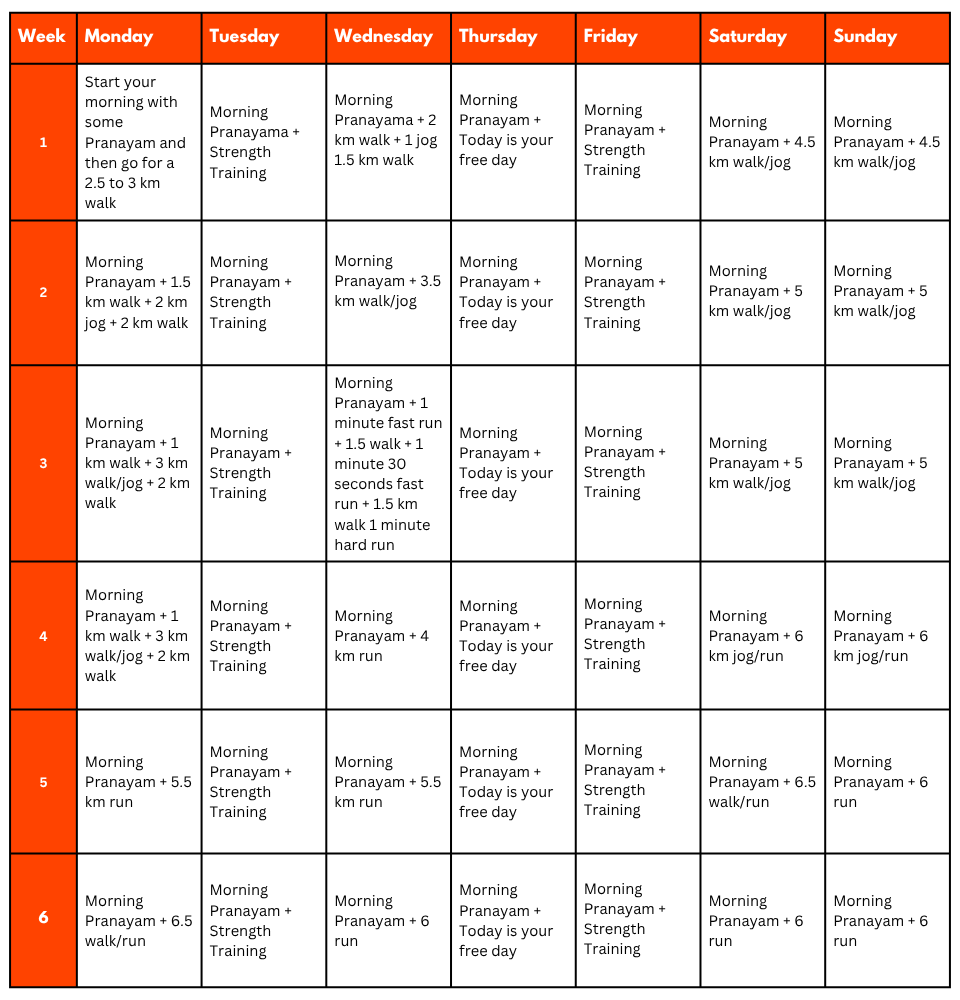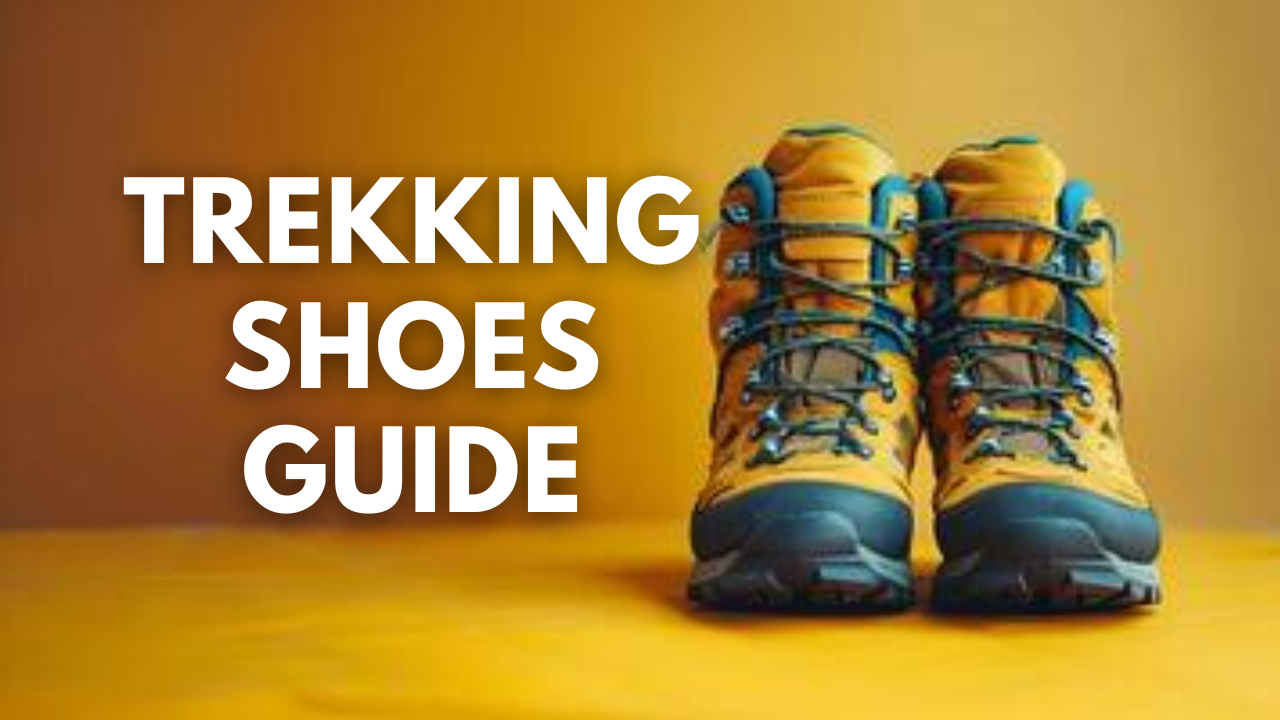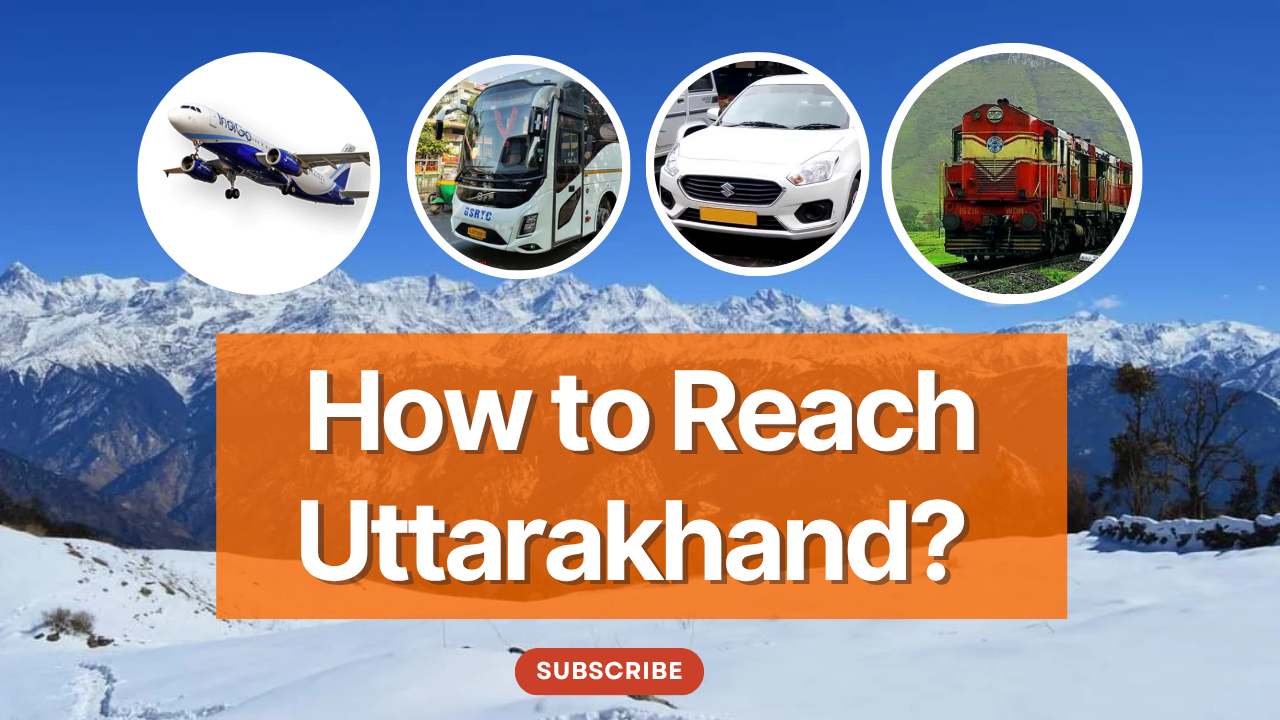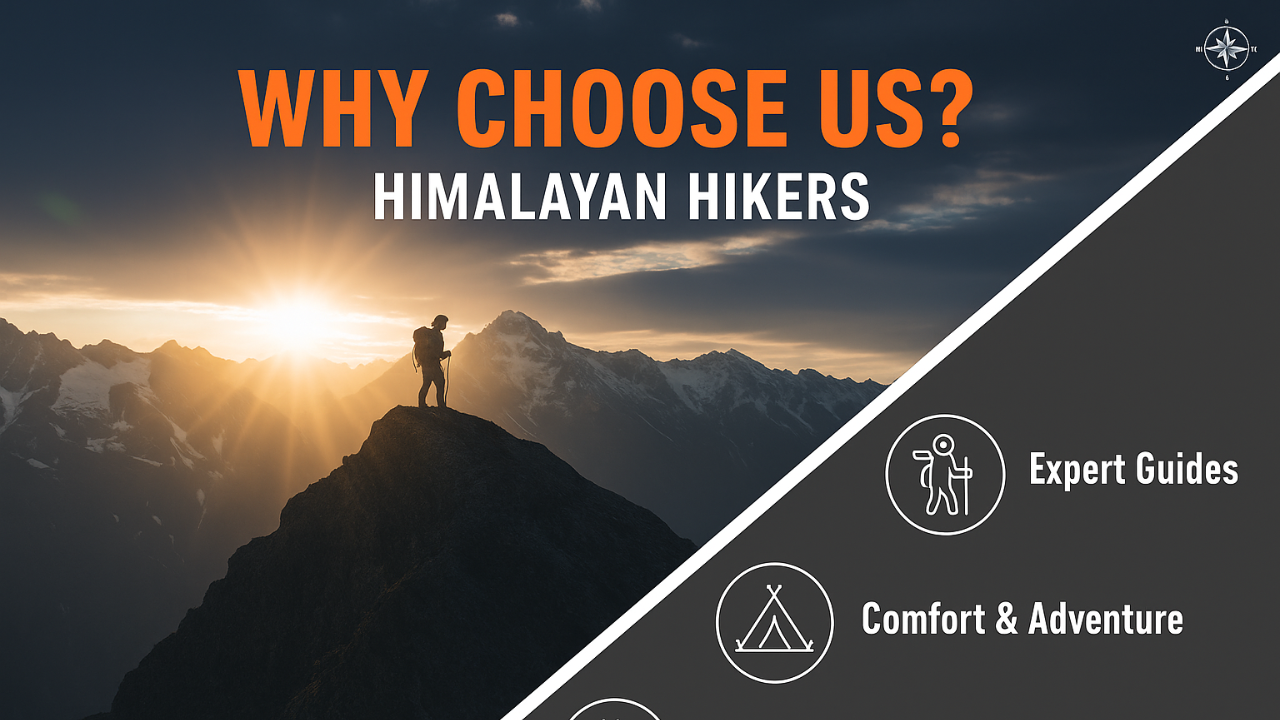Indrahar Pass attracts many travelers of different age groups because of its awe inspiring beauty.
Explore the Diversity with Striking Views
The four day Indrahar Pass trek takes you through sprawling meadows, gushing streams, deep gorges, serene lakes and forests of deodar.
Explore the cultural diversity of Himachal and the perfect nature. Witness the beautiful Lakes – Mankiani and Kareri.
The pass offers mind blowing views of Kangra valley, Pir Panjal, Kishtwar, Bara Banghal and Mani Mahesh.
Key Points of Indrahar Pass Trek
Level: Moderate to Difficult
Proper conditioning & training of body required
Need proper gear & clothing for sub-zero temperature?
Shoes are the single most important equipment.
High Altitude requires proper acclimatization.
Beautiful landscapes so carry good photo gear & Extra battery backup.
Travel light
The backpack should not exceed 10kgs.
Must Read about Indrahar Pass Trek
Duration:4 Days (Mcleodganj to Mcleodganj)
Best Season:May, June, Sep and Oct
Level: Moderate to Difficult
Highest Point: 14,245 feet
Weather:Nights are cold and day temperature is pleasant during the season.
Temperature:(- 5°C to 18°C)
Starting Point: Mcleodganj
Indrahar Pass Trek Guide
Day 1 – Mcleodganj (5865 feet) to Triund (9750 feet) (9 km)
Day 2 – Triund (9750 feet) to Laka Got (11,480 feet) (7 km)
Day 3 – Laka Got (11,480 feet) to Indrahar Pass (14,245 feet) and return to Laka Got (12 km)
Day 4 – Laka Got (11,480 feet) to Mcleodganj (5865 feet)
Day 1: Mcleodganj (5865 feet) to Triund (9750 feet) (9 km)
Meet the team at Mcleodganj Bus Stand and start the trek to Triund. Today’s trek will be amazing through mixed dense forest of Oaks, Deodar and Rhododendrons.
Triund is on the ridge top and offers exotic views of Dhauladhar ranges on one side and Kangra valley on the other. Setup your camps there in the peaceful environments and spend your night in the tranquil charm of Triund.
Day 2 : Triund (9750 feet) to Laka Got (11,480 feet) (7 km)
Wake up early to watch the sunrise view and changing colors of lofty Himalayan peaks. Have sumptuous breakfast at Triund and head towards Laka Got.
2 km ahead is a snowline cafe, from this point start climbing a ridge. Laka Got is located at snout of the glacier and it is your campsite for today. Setup your camps here and retire for the night.
Day 3 : Laka Got (11,480 feet) to Indrahar Pass (14,245 feet) via Ilaga Pass and return to Laka Got (12 km)
Start the day early, the trekking distance is long and the trail is challenging. The trail is very steep from Ilaga Pass to Indrahar Pass. The treeline recedes and the now the area turns to rocky with no vegetation.
Pass through Lahesh Caves and after a steep and tiring ascent reach Indrahar Pass (14,271 feet). Relish the spell binding views of high Himalayan ranges and mesmerizing wide valleys. Spend some time there and plan your descent to Laka Got.
Day 4 : Laka Got (11,480 feet) to Mcleodganj (5865 feet) (16 km) (5/6 hours)
Post breakfast leave for Mcleodganj via Triund. Halt there for some time, have lunch there and continue the trek. The terrain is rocky so walk carefully.
This distance is long but descending takes less time. Reach Mcleodganj; the start and end point of this trek.

Mandatory Documents
Original and photocopy of government photo identity card- (Aadhar Card, Driving License, Voters ID, etc,)
Passport and Visa important to foreigners
Medical Certificate (First part should be filled by the Doctor and Second part by the Trekker)
Declaration Certificates
Note: – Many trekkers commit the same mistake of carrying unnecessary items on a trek which only makes the backpack heavy. It is important to know the right items to carry. It differs from season to season if you are trekking in summers then carry less layers of warm clothing and if you are trekking in winters carry enough layers to protect yourself against chilly cold.
Necessary Items for trekkers

Basic Trekking Gears

The Clothes You Should Bring On Satopanth Expedition

Head Gears

Foot Gears

Personal Care Essentials

Carry a Personal Medical Kit

Are you Looking for Trekking Equipment on Rent?
If any trekker requires trekking equipment on rent, Himalayan Hikers offers the best-quality gear available for rental. Many individuals are in need of such equipment, and renting provides a cost-effective solution, allowing them to access high-quality gear at an affordable price without the need for a significant investment for short-term use.

Trek Equipment You can book directly on first day at the Base Camp.
Note:-
Please take all medicines only when prescribed by the doctor. In case you face any problem during your trek,
discuss and take advice from the Professional guide.
The Trek is one of the most popular treks in Uttarakhand, requiring both physical preparation and mental readiness. Although it is categorized as a moderate trek, reaches an elevation of over 12,720 feet and traverses remote Himalayan terrain, which can be physically and mentally challenging. Here's how you can prepare yourself for a safe and successful accomplishment of the Trek:
Physical Fitness
Building a good fitness base is essential for every trekker. The Trek itinerary involves 5 to 6 hours of walking every day. Though the trails are well-marked, they are often bumpy and include steep uphill sections, which may affect your stamina. You can overcome your physical limitation with a 6-week training program that you can begin about 2 months before your Trek. Your 6-week fitness routine should include

Pro Tip: If you have time, you can skip the Sunday training and go for a long-distance walk or mini day-hike (7–10 km) with a loaded backpack to simulate real trekking conditions. A short 1-day hike around your city/town can help a lot.
Mental Preparation
Physical strength is only half the journey, the other half is mental resilience. The trail takes you through remote clearings, steep climbs, cold starry nights, and no mobile connectivity. Be prepared to:
(I) -
Detach from the digital world.
(II) -
Embrace basic mountain living (camping, toilet tents, limited electricity).
(III) -
Push through moments of fatigue, weather discomfort, or altitude effects.
Himalayan Hikers is a reputable trekking company that places a high priority on safety. Here are some of the safety measures they take to ensure the safety of their clients during the Trek:
Experienced Guides: Himalayan Hikers hires experienced and certified guides who are well-versed in the terrain, weather conditions, and local culture. These guides have first-hand knowledge of the routes and are equipped to handle any emergency situations that may arise.
Proper Gear: The company provides all the necessary gear and equipment to their clients to ensure comfort and safety during the trek.
Hygiene and Sanitation: Himalayan Hikers places great emphasis on hygiene and sanitation during the Trek. They provide clean drinking water, hand sanitizers, and toilet tents to ensure that their clients are healthy and comfortable.
Emergency Services: The company has a well-defined protocol for handling emergency situations. They have a team of trained medical professionals who are available 24/7 and can be quickly mobilized in case of an emergency.
Acclimatization: Himalayan Hikers follows a gradual acclimatization process during treks to ensure that their clients adjust to the high altitude gradually. They also monitor the health of their clients regularly and provide necessary medical attention if required.
Overall, Himalayan Hikers places a great emphasis on safety and takes all necessary measures to ensure the safety and well-being of their clients during treks.
No FAQs available for this trek.












